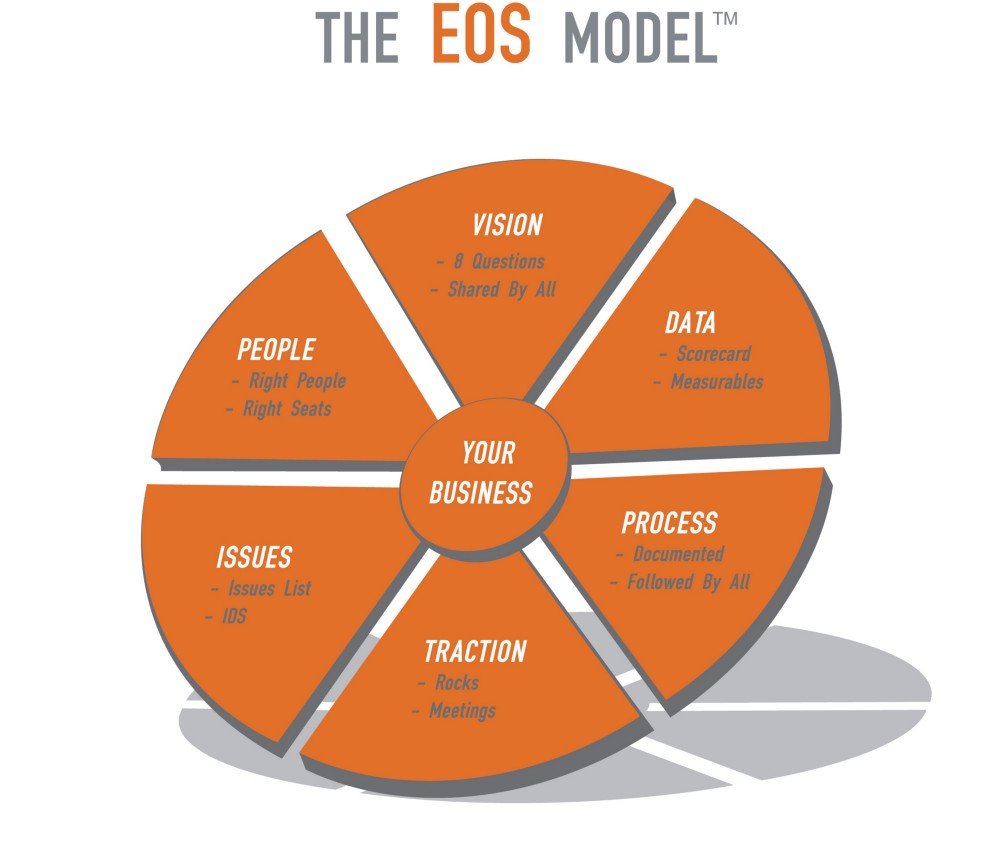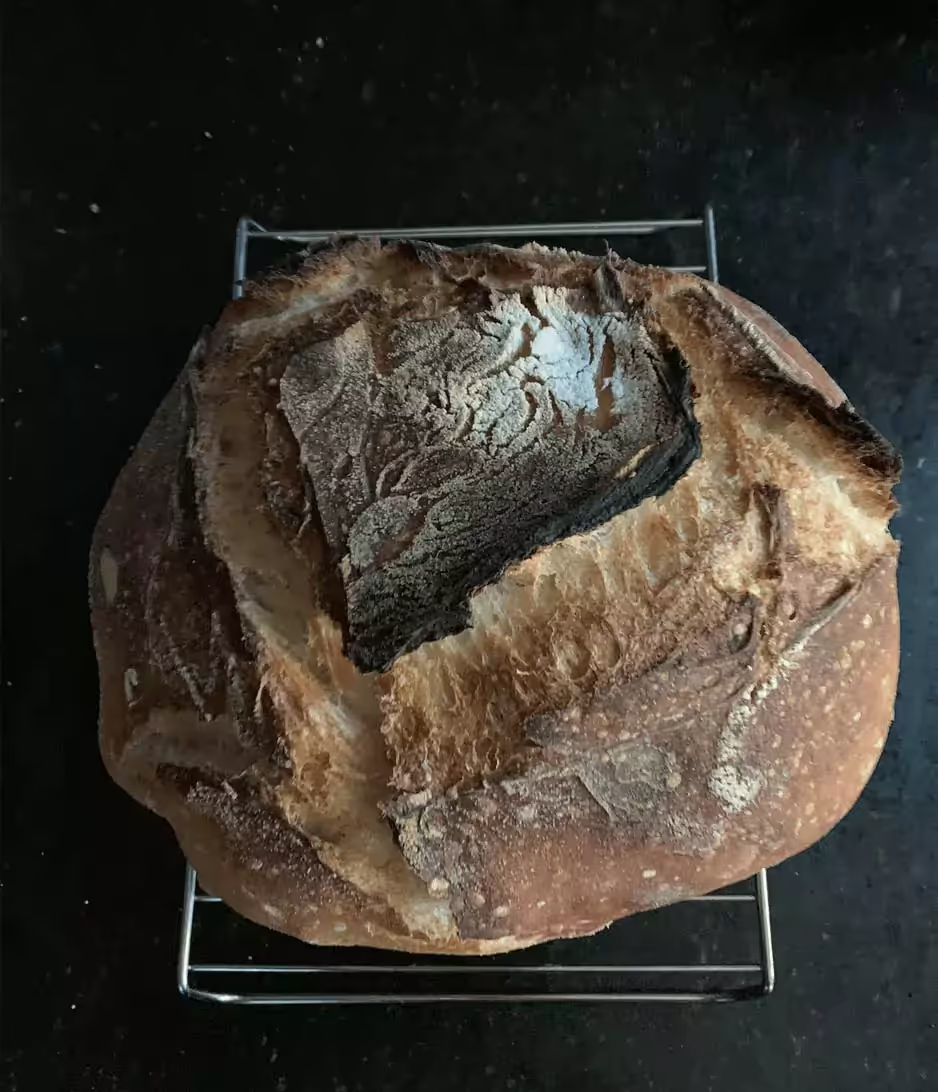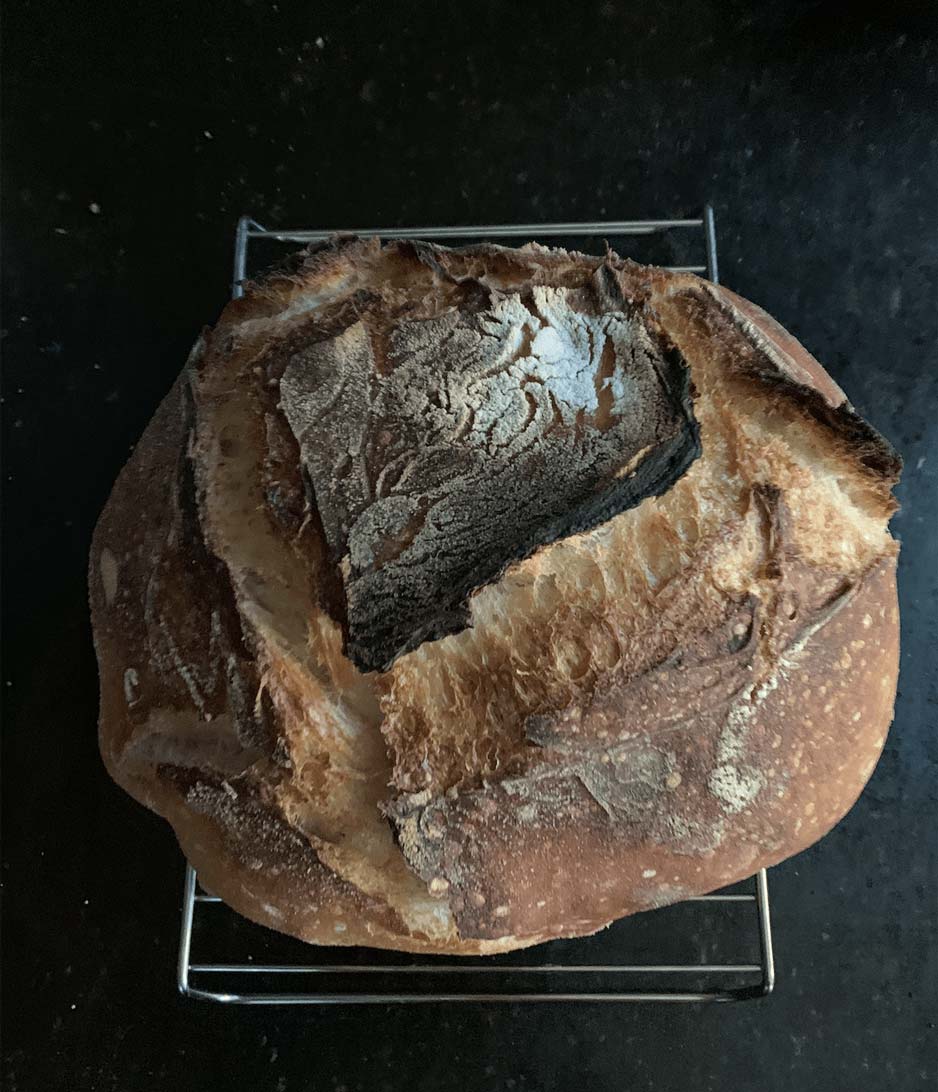*In this fourth post in my series, “Advice for EOS® Self-Implementers,” I’ll share my experience with the Data Component. If you’re a numbers person, you’ll find this one particularly interesting.
Wouldn’t it be nice if we could predict the future?
Will stocks go up or down tomorrow? What will the weather be like beyond next week? When will the prospective client we’ve been talking to for over a month sign the project service order?
Being in the services business, our inflow of new work is unpredictable. To gauge performance, we review “the numbers” going back a month, a quarter, and a year. While this does help us understand how we’ve done, it doesn’t provide a clear forecast of the future. We’re in a pretty competitive environment, and sometimes we lose projects we thought we had a high probability of closing. Other times, clients cancel a project or take significant pivots—something we experienced at the start of this pandemic. Everyone ran for the hills, so to speak.
With things slowing down, as I adapted to my new commute of walking up and down the stairs, I decided I needed something new to do with my extra time. It seems like everyone I know is baking bread during the pandemic, so I thought I’d give a go.

Two of my kids are avid bakers so I have access to some experienced coaches. They’ve started me off with sourdough and a website called something like “Sourdough Bread for Beginners.” Without the pictures, the instructions span 15 printed pages.
The directions turned out to be quite complicated, including “bakers math,” where percentages don’t appear to add up to 100. Did you know that you’re expected to take the dough’s temperature after rising? I didn’t. My first experiment involved seeing if the dough was capable of reaching the desired 74° F after rising on the counter for 12 hours in my cold house. It peaked at 72° F and didn’t seem to rise very much, certainly not as my 2 coaches described.
Knowing the target temperature was helpful—it allowed me to judge if I was likely to be successful. Other interesting predictors of success include the appearance of bubbles (indicating that the yeast is doing its thing) and the poke test.

Using the Data Component in business & in baking
First things first: here’s how EOS® describes the Data Component:
"Data. This means cutting through all the feelings, personalities, opinions and egos and boiling your organization down to a handful of objective numbers that give you an absolute pulse on where things are."

EOS® recommends having a scorecard which the leadership team reviews on a weekly basis. It suggests measures that are leading, rather than trailing indicators. These measures still contain some unpredictability, but they aid in guiding or suggesting situations coming up in the future. Each measurement has a target so we can at minimum anticipate what’s ahead.
We’ve worked and re-worked Highland’s scorecard many times. In its current iteration, we measure about 10 different metrics and review them weekly out our Leadership Level 10.
First Metrics: Leads
The first three depict the number of new leads in the past week for each of our three practice areas. No leads = no new service contracts. Each has a weekly target and we watch the trend over time.
Secondary Metrics: Pipeline
The next three represent the dollar value of the pipeline for each of our practice areas. Using the lead status in the sales funnel, the number is a weighted total of potential revenue. The more qualified, the higher the percentage of the approximated contract value.
Tertiary Metrics: Services Forecast
The final three metrics are services revenue projections for the current month and the two following. These help us manage cash flow and expectations around profitability. Signed service order amounts are counted at 100%. The rest are weighted in a similar manner as the pipeline calculations.
Trailing Indicators
The two remaining metrics are somewhat trailing indicators, but we find them helpful to monitor. The first is outstanding accounts receivable. This is set to anything greater than 30 days. In the current business climate, we’ve opted to be very sensitive to cash flow. (Pre-pandemic, the trigger was 60 days.) Lastly, is our internally generated Client Concerns Poll. Leads and Principals gauge how we’re doing at providing our best work and value to our client. We apply a rating scale of 1 to 5—anything under a 4 warrants discussion.
The targets in my bread recipe gave me a quantifiable target to measure against.
The closer I am to these targets, the more likely my bread will be delicious. Likewise, the goals in our EOS scorecard allow us to gauge the future health of the company and make adjustments as necessary.


Entrepreneurial Operating System®). The first three posts covered the Process and People components, as well as the Agile Mindset.



